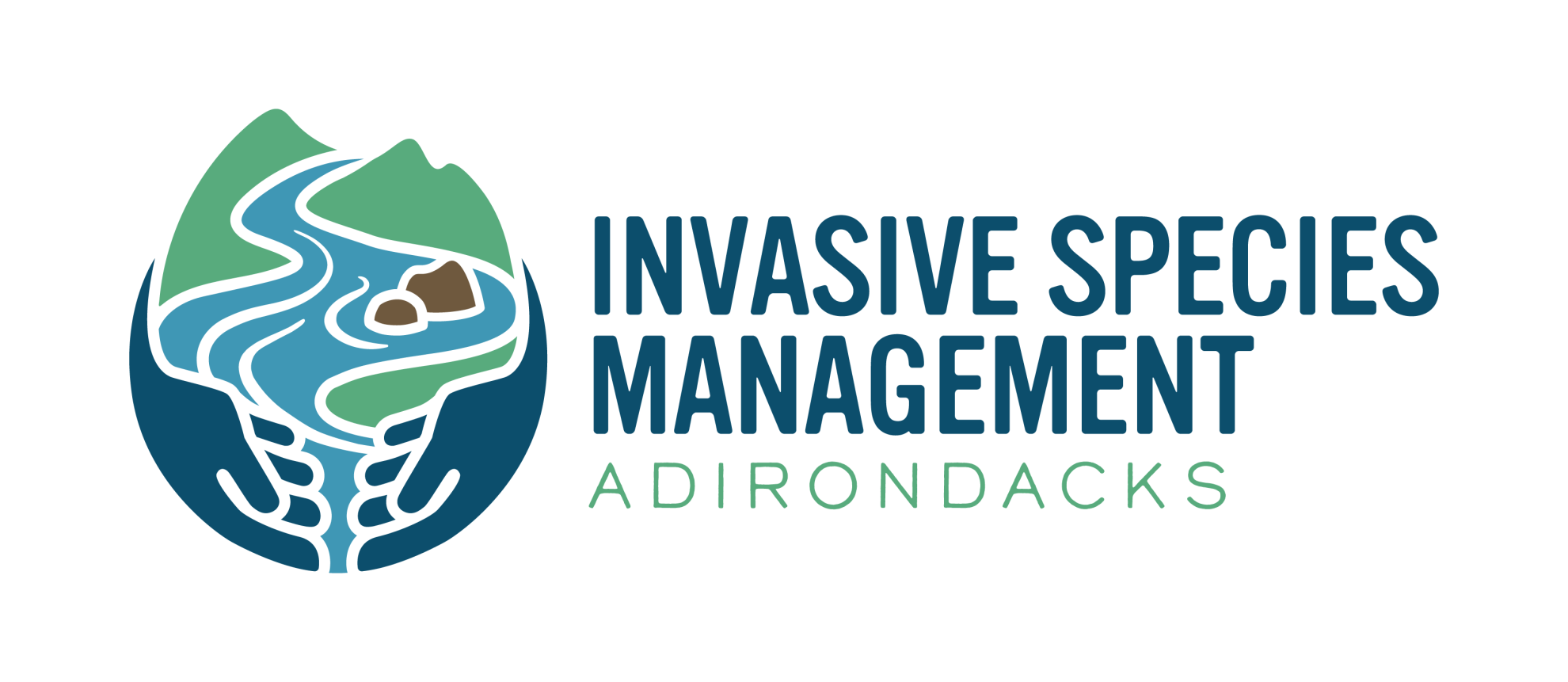Climate Change and Invasive Species

Climate Change and Invasive Species
APIPP to Host Discussion with Curt Stager and Brian Greene
ADIRONDACKS – An upcoming webinar hosted by the Adirondack Park Invasive Park Program will focus on how climate change could bolster the presence of invasive species in the Adirondacks.
The implications of climate change in the Adirondacks – like summers that persist well into September and shorter, milder winters – are well documented.
Climate projections also indicate that conditions in regions like the American Southwest will become even hotter and drier than they are now, making them increasingly difficult to live in by human standards.
“I think one thing we’re going to be seeing here is more climate refugees, including many who are wealthy enough to buy properties in the Adirondacks more easily than many local residents,” said Curt Stager, an ecologist, paleoclimatologist, and science journalist who teaches at Paul Smith’s College. “People who are now living in areas that are becoming intolerably hotter or drier will be looking to relocate to places like the Adirondacks, which are milder and wetter by comparison, and that can lead to both economic and environmental challenges for us in the future.”
For scientists studying invasive species, like APIPP Aquatic Invasive Species Coordinator Brian Greene, the potential threat of climate change is twofold: a milder Adirondack climate is more favorable to non-native species, and people seeking refuge here can unknowingly transport unwanted plants and animals to the region.
“The movement of people across the landscape is the main way invasive species are transported from one region to another,” Greene said. “If we see an influx of people coming to the Adirondacks because of climate change, that increases the likelihood that new invasive species will come with them. The more opportunities invasives have to get here, the more difficult it is to keep those species out of our forests and waters.”
To further explore the topic of climate change and invasive species, Stager and Greene will participate in an online discussion at 10 a.m. on Wednesday, Feb. 15. The free “Climate Change and Invasive Species” webinar is open to the public and will be hosted by the Adirondack Park Invasive Plant Program.
The conversation will provide insight into Stager’s own research on the warming Adirondack climate, including the recently released study “Once and future changes in climate and phenology within the Adirondack uplands,” which he co-authored with Brendan Wiltse and Skylar Murphy.
The discussion will then zoom out to provide an overview of the impacts of climate change beyond the Adirondacks before shifting to how a warming climate and the movement of people could increase the challenges for those working to keep invasive species out of the region.
Participants will have the opportunity to join the discussion at the end of the webinar.
“Climate Change and Invasive Species: A Conversation with Curt Stager and Brian Greene” will be held at 10 a.m. on Wednesday, Feb. 15. For more information or to register for the free webinar, visit www.adkinvasives.com /Events/Detail/1166.
APIPP’s mission is to work in partnership to minimize the impact of invasive species on the Adirondack region’s communities, lands, and waters. Learn more at www.adkinvasives.com.
###
The Adirondack Park Invasive Plant Program (APIPP) serves as the Adirondack Partnership for Regional Invasive Species Management (PRISM), one of eight partnerships across New York. APIPP is hosted by The Adirondack Chapter of The Nature Conservancy and receives financial support from the Environmental Protection Fund administered by New York State Department of Environmental Conservation.

